Hey there again! I am so excited to finally be writing this post. I have learned through many years of shopping with friends and clients that most people don’t think about the fabrics they are purchasing. Believe me, I was not always this way. It has taken many years of experience in women’s retail to open my eyes to having a preference on fabrics. I have grown to know that it will make a big difference in the longevity and maintenance of our clothing. Money is valuable and therefore so is what we spend our money on, right!? Since my friends and clients have really appreciated the things I have taught them, I thought I would try to teach you!
I want to say that I am no expert in the area of textiles or fabrics and these are merely things I have learned and experienced through my many years of dealing with clothing. I am also only going to talk about one type of fabric today so get ready to learn some important things to know about rayon! My experience with rayon through the years has not been very good. I want to tell you the pro’s and con’s of it and why I usually choose something else over an item that is made with rayon.
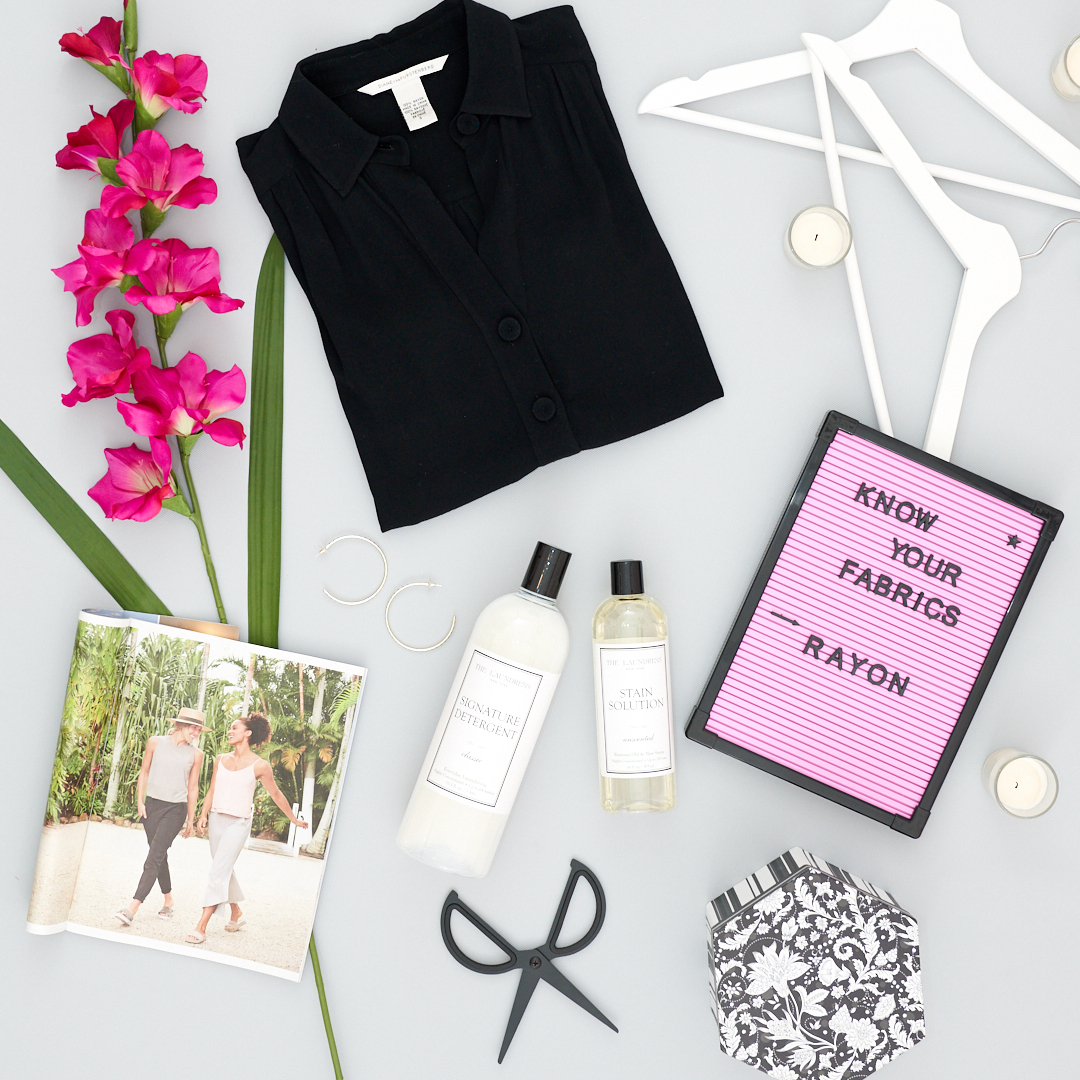
Pro’s for Rayon
There are also many different ways rayon is produced which gives it some different properties. Because we do not know which process the rayon we purchased has undergone it is really hard to determine how exactly it is going to act. The rayon used to produce a Forever 21 item may be very different than the one used to produce a garment for a high end designer. The thing is, you just don’t know sometimes until you purchase it. There are instances where you can see a difference in the quality by touching it and see how it is constructed. I just do not like to take the risk of spending money on something I’m not sure of how it is going to perform.
I honestly can say I own one piece of clothing that is made of rayon. It is a very expensive Diane von Furstenberg black blouse that I purchased with my clothing allowance at my last job! I absolutely had to have it even though it was rayon. It is also made by a designer I trust and love. It has to be a different type of weave than the normal rayon because it has stood up to the test of time. I will also say that it has not faded one bit, pilled or stretched/shrunk! I dry clean it and make sure it never gets wet. I do not wear it if there is even a slight chance of rain in the forecast! This blouse is probably 5 years old or more too.
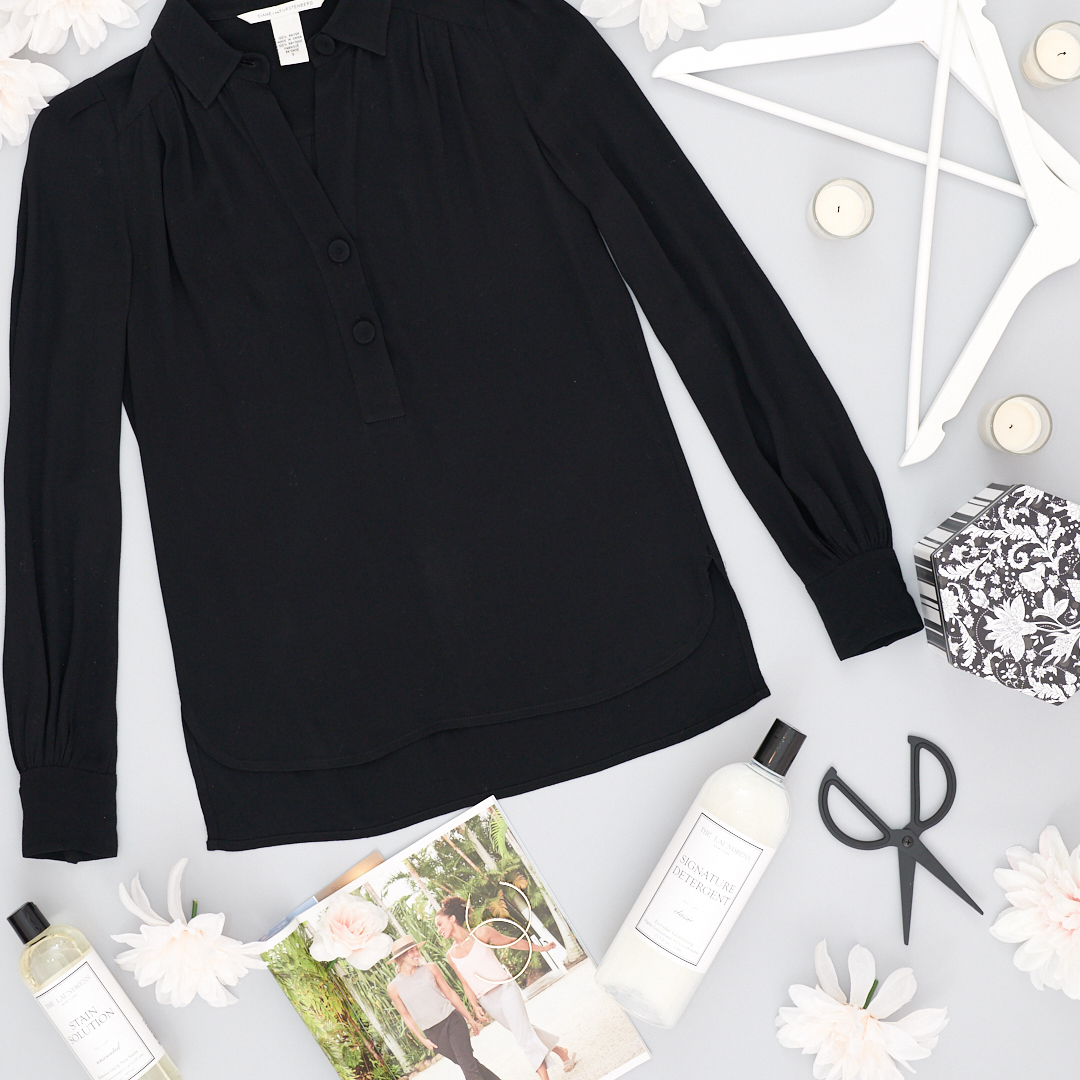
There are sometimes exceptions to rules that I have for myself. In order for me to purchase anything made of rayon I would have to trust the designer and absolutely love the item. If I love the item I will go through the effort of taking care of it. So, now for the good things about rayon!
- It is a breathable fabric so you will see lots of it during the spring and summer months.
- It is a lightweight material to produce easy flowy garments.
- It absorbs dye very well so colors are vibrant and they are resistant to fading over time.
- Rayon is more of a natural fiber than polyester.
Con’s for Rayon
Rayon is not all bad as you can see from my list above. It does have some great qualities but not enough to make up for the bad. Most of the time you will see rayon in low-end retailers and really trendy products. I think if you are okay with purchasing items that only last a season than this is probably the perfect fabric choice for you. I caution you against rayon if you are looking for something longer lasting and lower maintenance. There is an interesting article from Eileen Fisher that I would love for you to read. They are changing the type of material they have used for certain products that involved rayon (viscose).
Below is a list of reasons why I only have one item made of rayon. In the last section of this post I will explain to you other types of rayon that are newer generations and have improved qualities. The following reasons are why I don’t purchase it very often:
- It shrinks when put in the dryer.
- Wrinkles easily.
- Has to be dry cleaned and do not let the label on the clothing tell you otherwise.
- It pills after just a few washes and a season of wear! People say it does not pill easily but with my experience it certainly does.
- Rayon has a low wet strength which means the fibers are susceptible to shrinking or stretching when wet. I know this is true because I wore a rayon top to a concert when I was in college. It was an outdoor concert and it rained! The shirt was down to my knees by the end of the night and I had to throw it away. I was not happy to say the least.
- This material is very prevalent in low-end retailers because of it’s inexpensive price tag.
- Only considered a semi-synthetic because of how it is processed. It comes from natural wood pulp but chemicals are added to the process to create different properties.
Different Types of Rayon
You will see a few different names for rayon on labels. If you see viscose it really is just another name for rayon and has the same properties. If you see lyocell or modal it’s a different story. These types of rayon are produced differently and have different properties. There is also a newcomer on the scene that hopefully we will see more of and that is cupro.
Modal is a type of “rayon” but is manufactured very differently and therefore has a higher wet strength and is very soft. The higher wet strength allows it to avoid shrinking and stretching out like rayon does. You will find it used a lot in undergarments and lingerie. It can be machine washed and tumble dried on low! YAY! I own a few things with modal but there is usually another fabric blended with it like lycra, polyester and cotton.
Lyocell is supposedly the best of the bunch. It can absorb water but release it quickly into the air. It is better at this than wool or cotton. It also naturally prevents the growth of bacteria that causes odors! You can wash it in cold water and line dry or tumble dry on low to medium. It will also shrink about 3% on the first washing but none after that. If you see the word Tencel this is a trademarked lyocell material by Lenzing. Lyocell is very commonly used in workout clothing, lingerie, undergarments, sheets and towels. Lyocell can also be made stretchy without adding a synthetic like spandex.
Cupro is the new one just added to the bunch. Instead of coming from wood pulp it comes from cotton linter. It has great absorbent properties and does a great job at regulating body temperatures. I actually love cupro and you do not see it very often in everyday clothing. It is super soft and feels like silk but acts like cotton. It is often substituted for silk because of it’s drape qualities but can be washed and dried! I would buy cupro in a heart beat! I will add that most of the time I see cupro it is very expensive!
Lastly, I want to mention that labels on clothing are very important to read when shopping and will give you all the information you need to determine whether to proceed any further with that item. If you are shopping online this information is especially important since it is hard to tell any detail just by the photo. The descriptions will 99% of the time tell you what fabric the garment is made of. The material it is made out of speaks volumes about how it will feel, act and have to be maintained. Make sure you don’t skip this part when trying to make a quality purchase!
Well ladies, I hope you enjoyed learning some of the important things to know about rayon and learning about the other fabrics in the rayon family. Anything highlighted in pink is where I got my information and some of it is from my professional experience. I hope you will click the links to read even more detailed information on these fabrics. Talk to you Thursday!
Happy shopping!
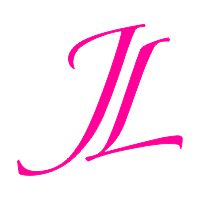

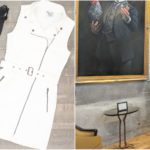
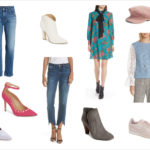
2 Comments
Wow, I had no idea there were so many types of rayon. Thanks for this informative and interesting post!
Yes, there are even more than that! Thanks!